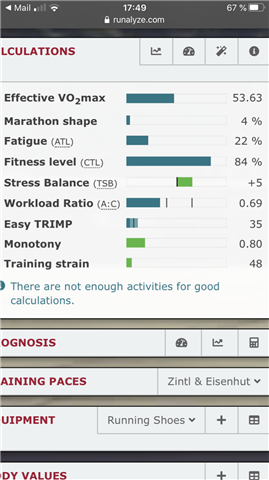Hello, My VO2Max was growing constantly during the last 8 months (using my Vivoactivite 3), and it was 52.
I decided to go to a Fenix 6 pro, and after few runnings (no more than 3) my VO2Max dropped to 48!!!
is it normal? any way to correct it or I will need to record more 8 months to reach again my older mark of 52?



